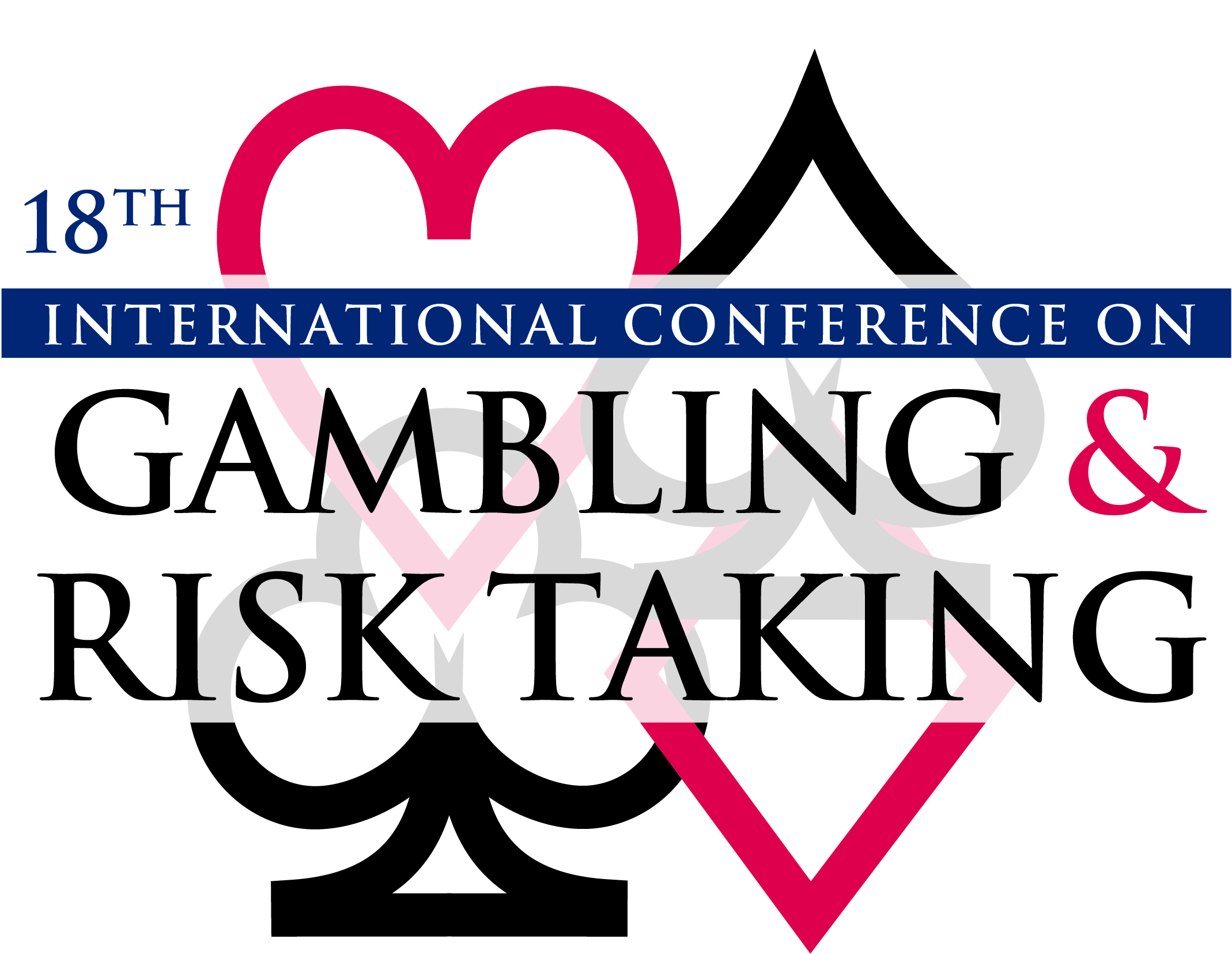A framework for understanding and identifying gamblification.
Session Title
Session 2-4-E: Esports and Lootboxes
Presentation Type
Paper Presentation
Location
Park MGM, Las Vegas, NV
Start Date
24-5-2023 3:30 PM
End Date
24-5-2023 5:00 PM
Disciplines
Communication Technology and New Media | Digital Humanities
Abstract
Abstract: Gamblification, i.e. the use of gambling as a tool to influence or encourage certain consumer behaviours, has most recently been associated with the monetisation of digital games. However, it is not limited to increasingly visible across a range of new media products and services and can be used to achieve pro-social as well as commercial aims.
Practices associated with gamblification have been criticised as they make use of techniques which encourage disordered consumption, are lacking in transparency and consumer safeguards, and restrict consumer choice. However, gamblification is not inherently exploitative and when implemented appropriately can be used to increase positive user experiences or employed to encourage pro-social behaviours, from recycling to participation in vaccination campaigns.
Given the varied implementations of gamblification, it is important to develop tools and methods which allow the constituent parts of gamblification to be investigated and analysed; thereby providing a basis for in-depth investigation of the phenomenon by relevant stakeholders.
This work presents a classification framework for identifying and evaluating the discrete elements which constitute gamblification. In addition, it uses a case study of an online health and wellbeing service in order to illustrate the application of the framework and the knowledge it can generate.
Implications: The presented framework offers a means of identifying and assessing gamblified products and services across a range of contexts, offering insights not limited to specific applications or activities. The framework is expected to be of use to multiple stakeholders, including academics, practitioners, and regulators.
Keywords
Gamblification, new media, monetisation, convergence, video games
Funding Sources
This work was supported by the Academy of Finland project Centre of Excellence in Game Culture Studies (CoE-GameCult, #312396). The funding body had no involvement in any aspect of this research.
Competing Interests
none
A framework for understanding and identifying gamblification.
Park MGM, Las Vegas, NV
Abstract: Gamblification, i.e. the use of gambling as a tool to influence or encourage certain consumer behaviours, has most recently been associated with the monetisation of digital games. However, it is not limited to increasingly visible across a range of new media products and services and can be used to achieve pro-social as well as commercial aims.
Practices associated with gamblification have been criticised as they make use of techniques which encourage disordered consumption, are lacking in transparency and consumer safeguards, and restrict consumer choice. However, gamblification is not inherently exploitative and when implemented appropriately can be used to increase positive user experiences or employed to encourage pro-social behaviours, from recycling to participation in vaccination campaigns.
Given the varied implementations of gamblification, it is important to develop tools and methods which allow the constituent parts of gamblification to be investigated and analysed; thereby providing a basis for in-depth investigation of the phenomenon by relevant stakeholders.
This work presents a classification framework for identifying and evaluating the discrete elements which constitute gamblification. In addition, it uses a case study of an online health and wellbeing service in order to illustrate the application of the framework and the knowledge it can generate.
Implications: The presented framework offers a means of identifying and assessing gamblified products and services across a range of contexts, offering insights not limited to specific applications or activities. The framework is expected to be of use to multiple stakeholders, including academics, practitioners, and regulators.
